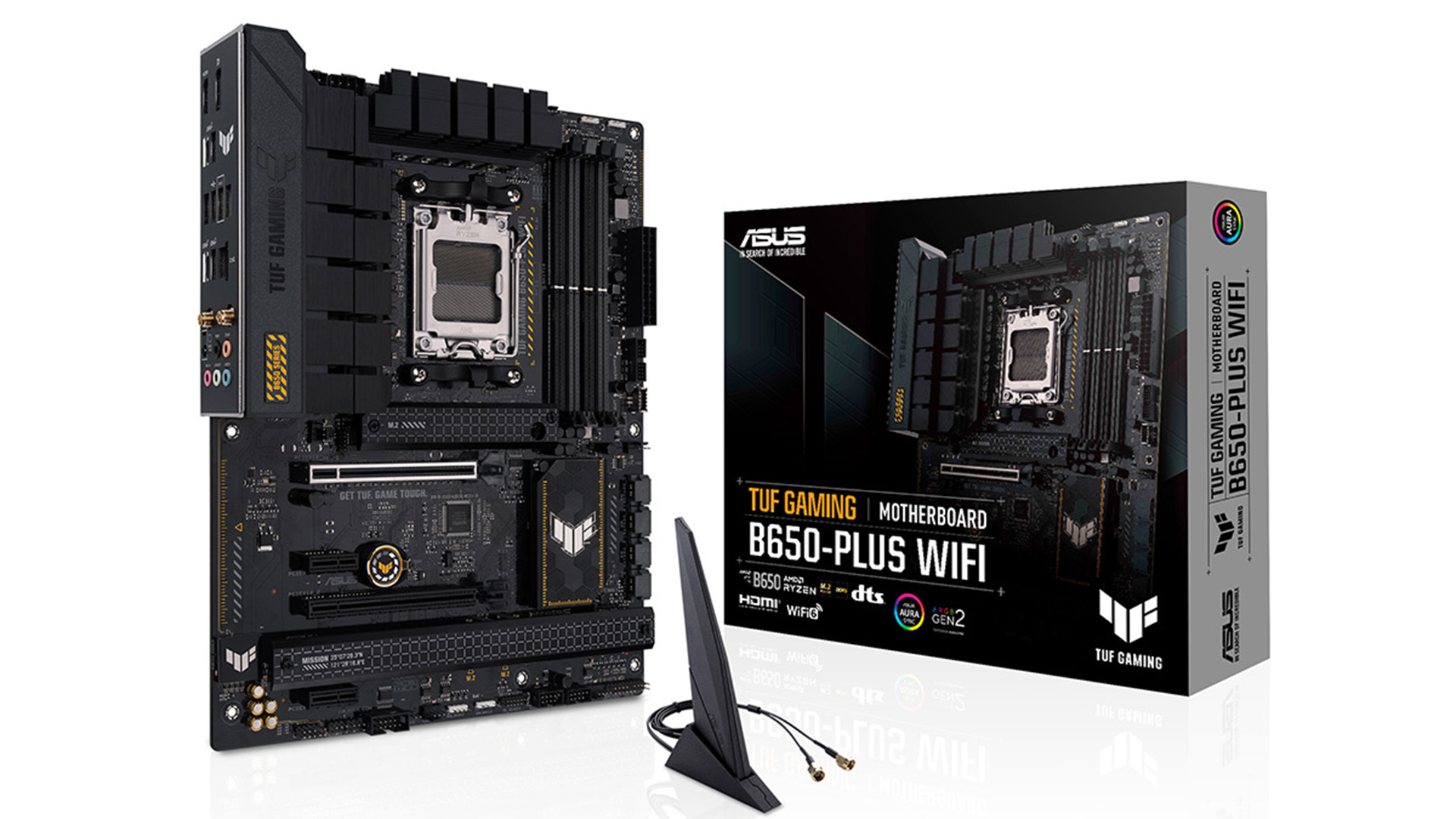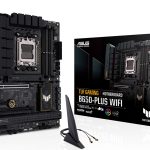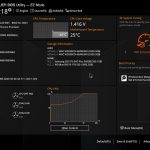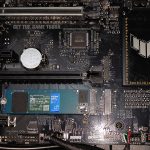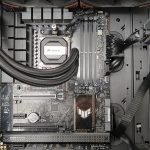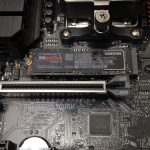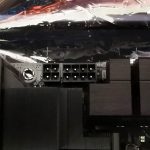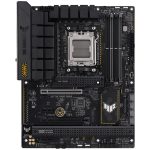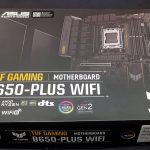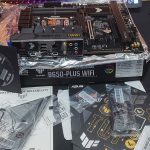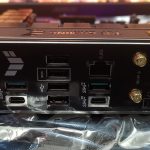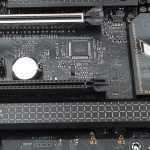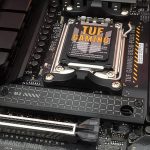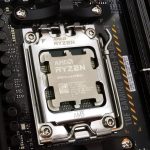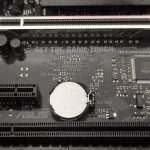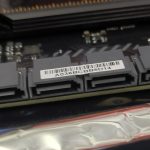The TUF Gaming B650-Plus WIFI is an AMD Socket AM5 ATX motherboard designed for AMD Ryzen 7000-series CPUs. STG’s Darren Price, takes it for a test.
Looking at the box, the TUF Gaming B650-Plus WIFI motherboard gave me quite the feeling of deja vu. I’ve reviewed a few similar Intel-based TUF Gaming XXX-Plus WIFI D4 motherboards, and this board looks virtually identical. The big difference is that this board supports DDR5 memory, as AMD’s Ryzen 7000-series chips don’t have an option for DDR4.
Positioned between Asus’s mainstream PRIME and the enthusiasts’ Republic of Gamers branding, TUF Gaming kit is aimed at PC gamers who want robust equipment with a rugged look.
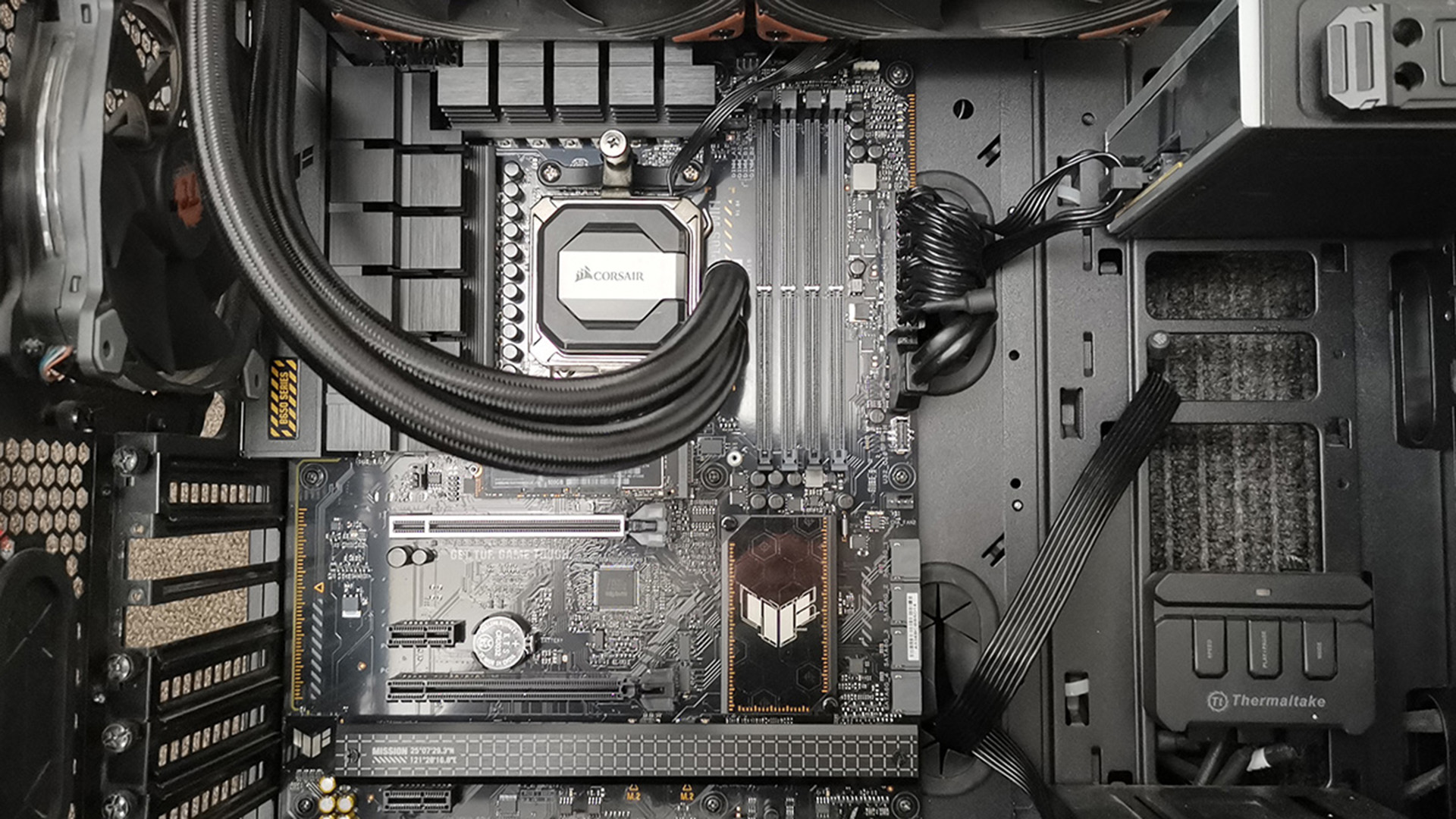
AMD’s B650 chipset gives Ryzan CPUs a cheaper option than X670E-based motherboards. There’s less USB, SATA, and PCIe Gen 5 functionality, but most users won’t notice that, anyway.
The TUF Gaming B650-Plus WIFI supports all AMD’s Ryzen 7000-series desktop processors, but for the test I paired the board with a Ryzen 9 7950X CPU and 32GB of PNY DDR5 6000Mhz RAM. The GPU used was the test rig’s trusty Radeon RX 6900 XT.
Installing the motherboard was a breeze. The integrated IO panel slipped into place and the screw holes all lined up nicely. AMD’s easy-to-use AM5 CPU cooler mount made connecting the Coolermaster all-in-one cooler a breeze.
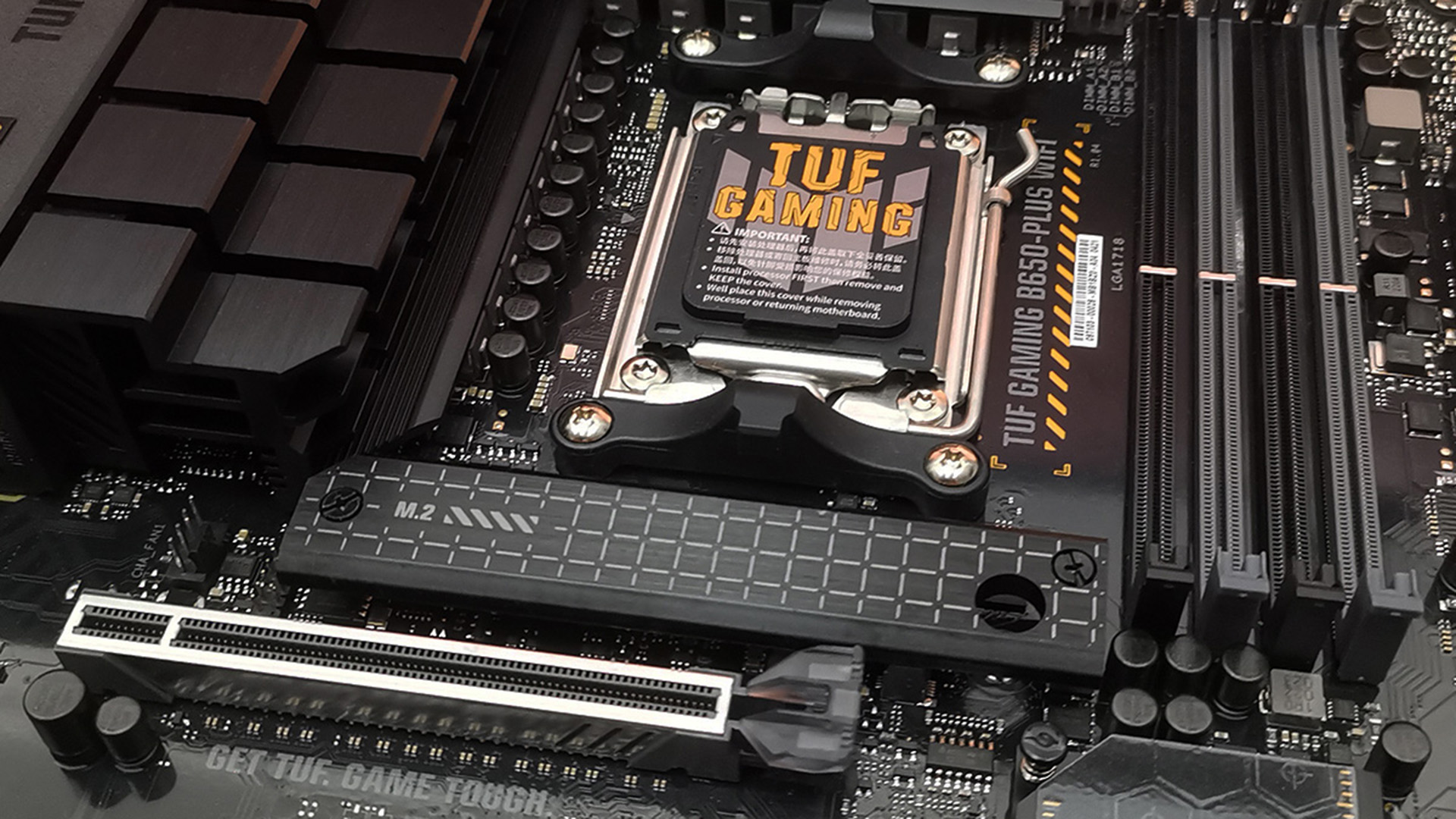
The top of the board has two 12v power connectors, an 8-pin and a 4-pin. Make sure your power supply has compatible cable connectors.
Being a Ryzen 7000 board, it is not compatible with DDR4 RAM modules, leaving DDR5 modules the only memory option. But with DDR5 RAM prices starting to fall, upgrading is viable, even if the fastest modules are still a bit on the expensive side. The motherboard has the Asus Z-clip RAM slots with a single clip holding the modules in place. The board supports up to four modules to a maximum of 128GB running up to 6400MHz+ (via AMD EXPO). The two 16GB PNY DDR5 modules seated easily.
I populated two of the three M.2 sockets with NVMe drives. Two of the M.2 Sockets support PCIe 5.0 x4, and modules from 2242 to 2280, and one supports PCIe 4.0 x4 and modules from 2242 up to 22100. All the M.2 sockets have headsinks integrated into the motherboard’s industrial-looking design. Old-school SATA SSDs and hard drives are accommodated via four SATA 6Gb/s ports on the side of the board.
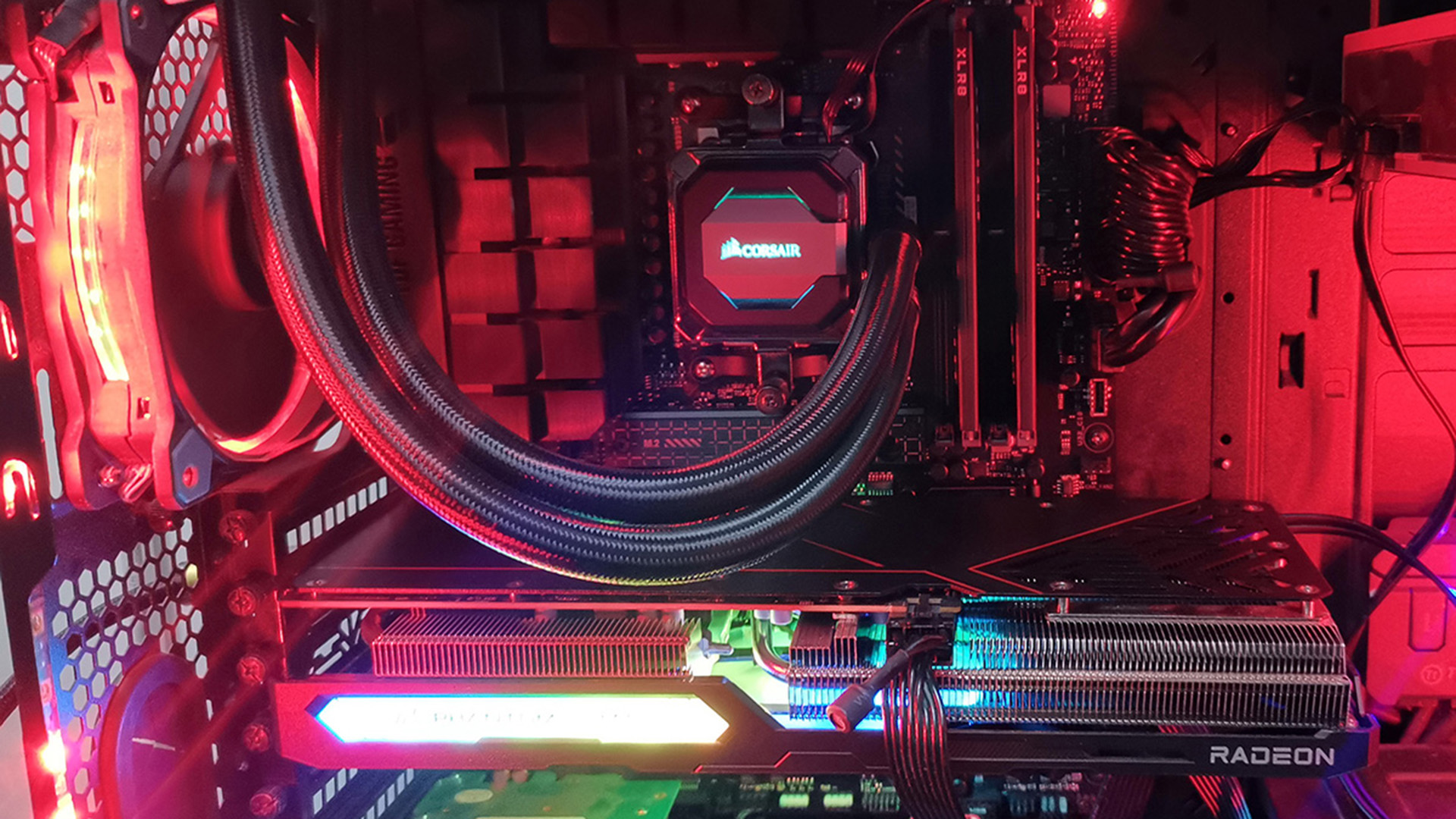
There are four PCIe slots. The top slot, a PCIe 4.0/3.0 x16 slot is for the GPU. The first of the two PCIe 4.0/3.0 x1 slots has a gap between it and the top slot, but a modern GPU is still likely to cover it up. Most users will find that only have easy access to the other PCIe 4.0/3.0 x16 slot and the remaining PCIe 4.0/3.0 x1 at the bottom. This shouldn’t be a problem as modern gaming machines have little need for discrete sound, networking, and other expansion cards.
The onboard audio is supplied via Realtek ALC S1200A 7.1 Surround Sound, with rear and sub outputs as well as line-in/out and mic on the rear I/O panel. There’s no optical audio output. The integrated GPU is served by both HDMI 2.1 and DisplayPort 1.4 sockets, also on the I/O panel.
Wired connectivity is via a Realtek 2.5Gb Ethernet port. The board also supports Wi-Fi 6, with an external antenna, at both 2.4 GHz and 5 GHz. There’s also Bluetooth v5.2.
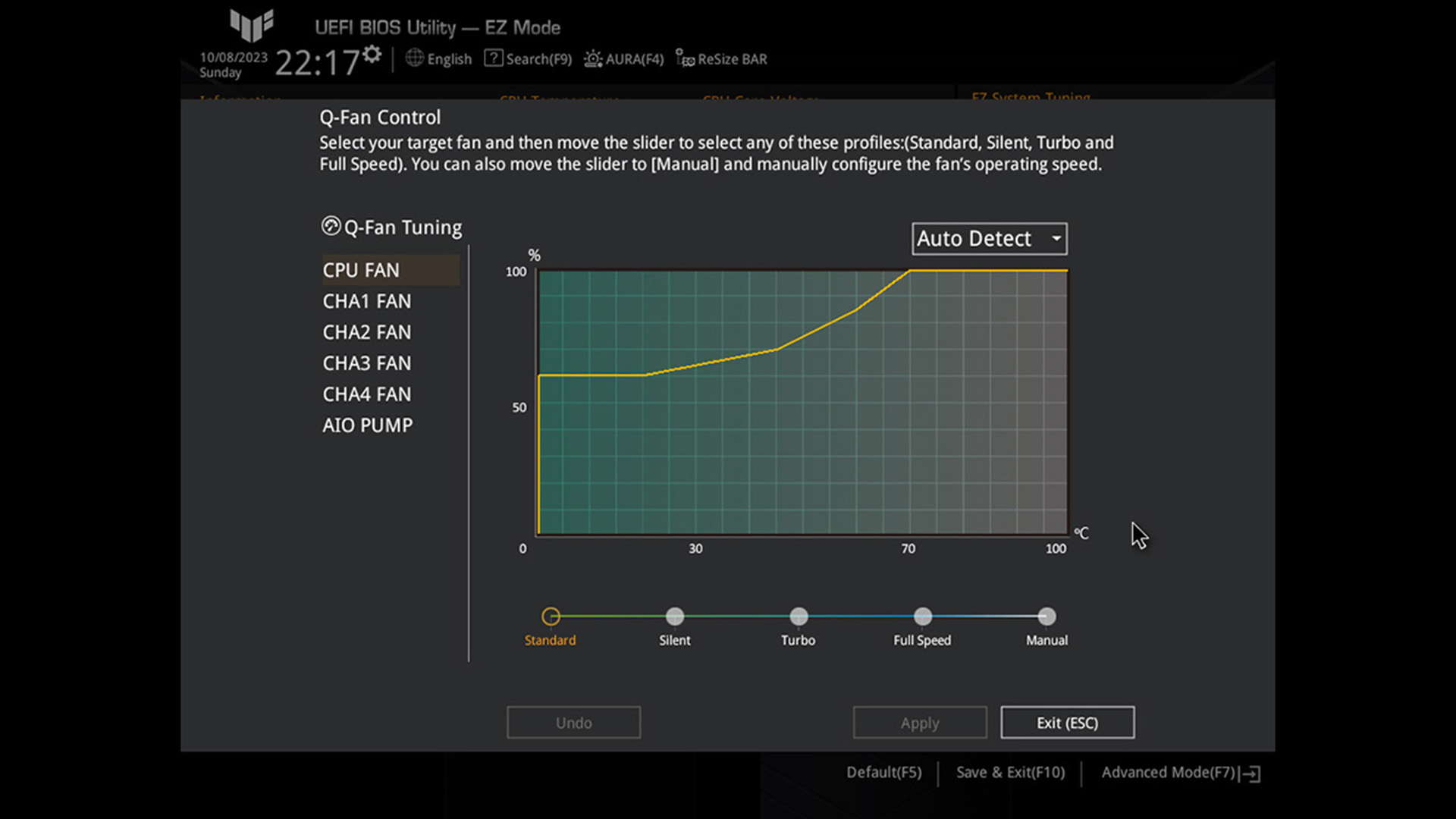
With the machine all together it was time to switch it on and check out one of my favourite features of Asus motherboards, the UEFI BIOS interface. The TUF Gaming B650-Plus WIFI uses a version of Asus’s standard UEFI BIOS interface. This easy-to-use user interface allows users, both novice and veteran, to painlessly set up and make adjustments to the PC’s hardware performance. With both an at-a-glance EZ mode for quick adjustments to memory, fan, and boot options, and an advanced mode for getting right under the hood it’s a clean well-designed UI.
From the BIOS EZ System tuning using AMD Precision Boost Overdrive (PBO), the CPU switched from normal operation to “PBO Enhancement”. This is a quick and painless way to automatically get a little bit more out of the system. This simple way of overlocking requires no PC system knowledge and uses the CPU’s performance headroom to boost frequencies, whilst monitoring voltages and thermal limits. Another easy-to-use BIOS feature is the QFan Control allowing users to tweak fan speeds to maximise cooling against acceptable fan noise.
Even with no PC knowledge the TUF Gaming B650-Plus WIFI will work to give you the best performance without fuss. Whilst the motherboard will configure itself and recognise the installed CPU and RAM, I did have to enable the DOCP (Asus’s Direct OverClocking Profile) to use the DDR5 factory overclock settings, boosting the frequency from the default 4800Mhz to 6000Mhz. The PBO setting is also not enabled by default.
The Asus TUF Gaming B650-Plus WIFI is a great motherboard for gamers planning on using AMD Ryzen 7000-series CPUs. It’s a well-built and great-looking foundation for a great gaming PC built upon a robust design. It has all the functionality required for high-end gaming without unnecessary extras. It’s easy to set up but still allowing for a bit of tweaking and adjusting performance as required. Another standout motherboard in the Asus TUF Gaming lineup.

